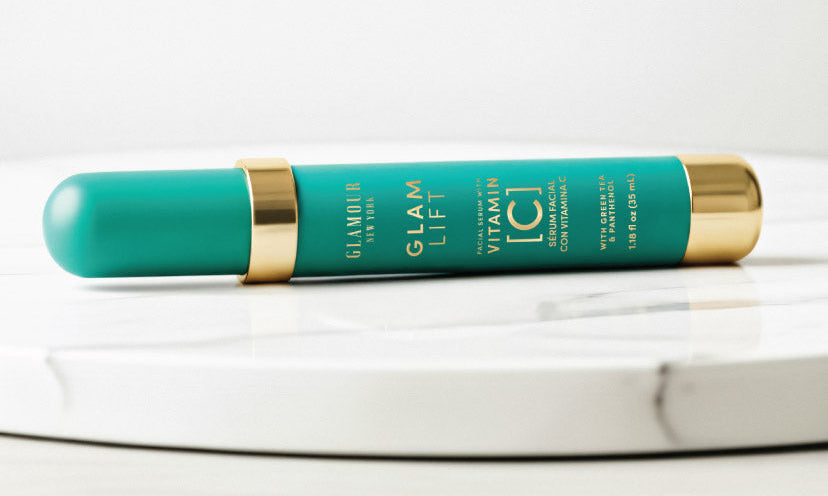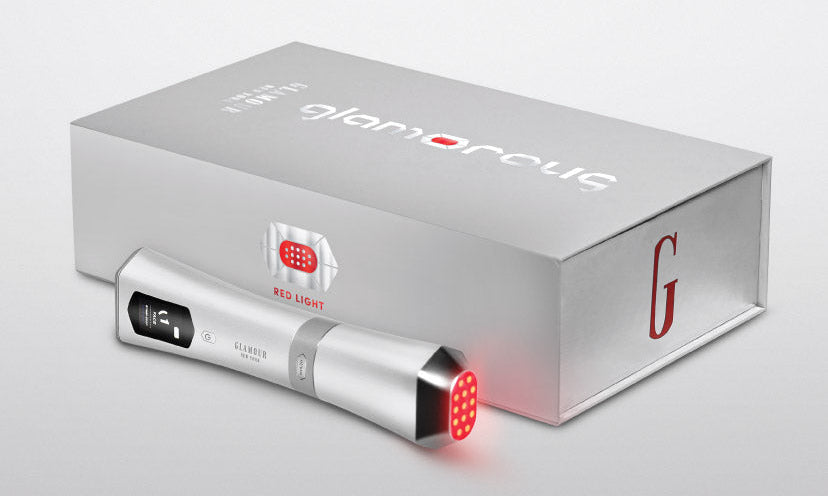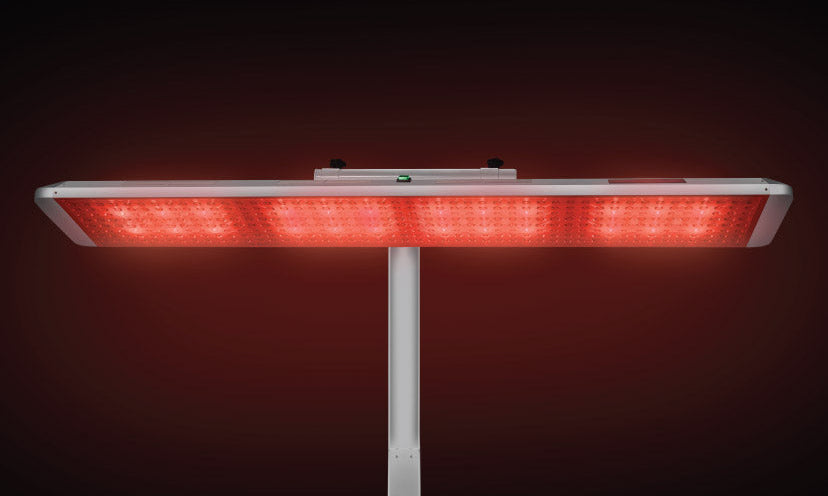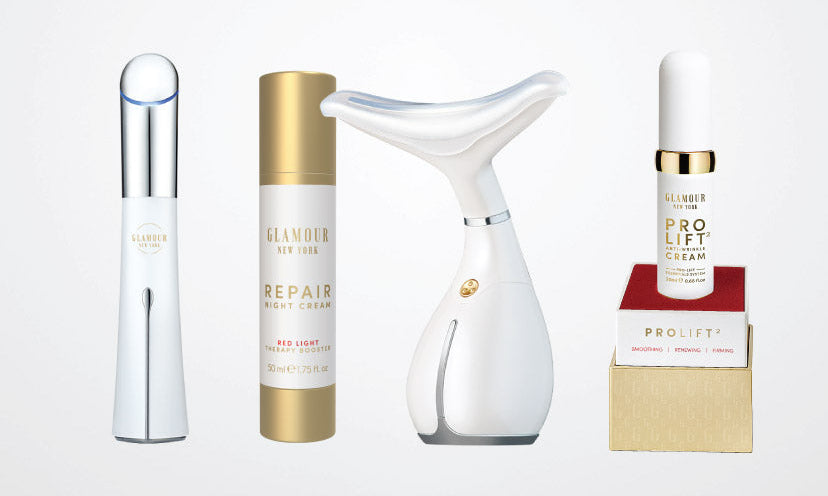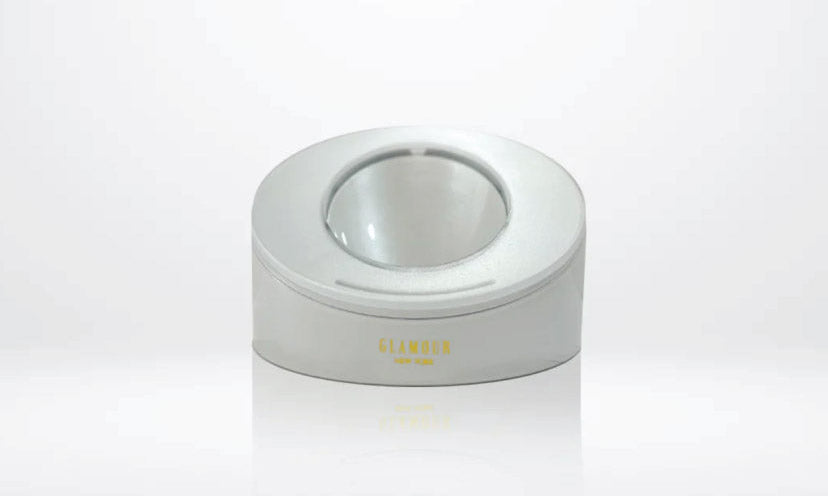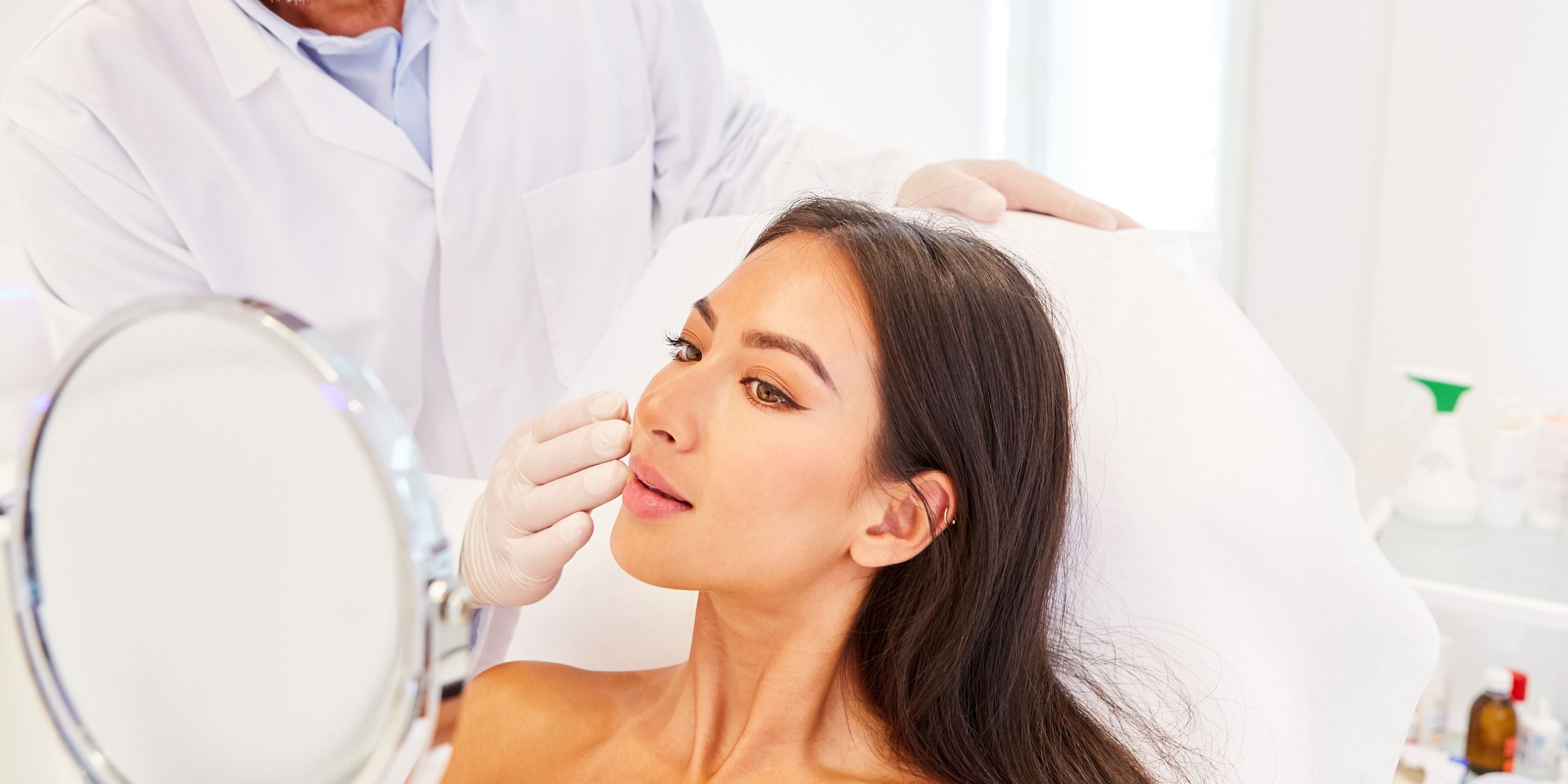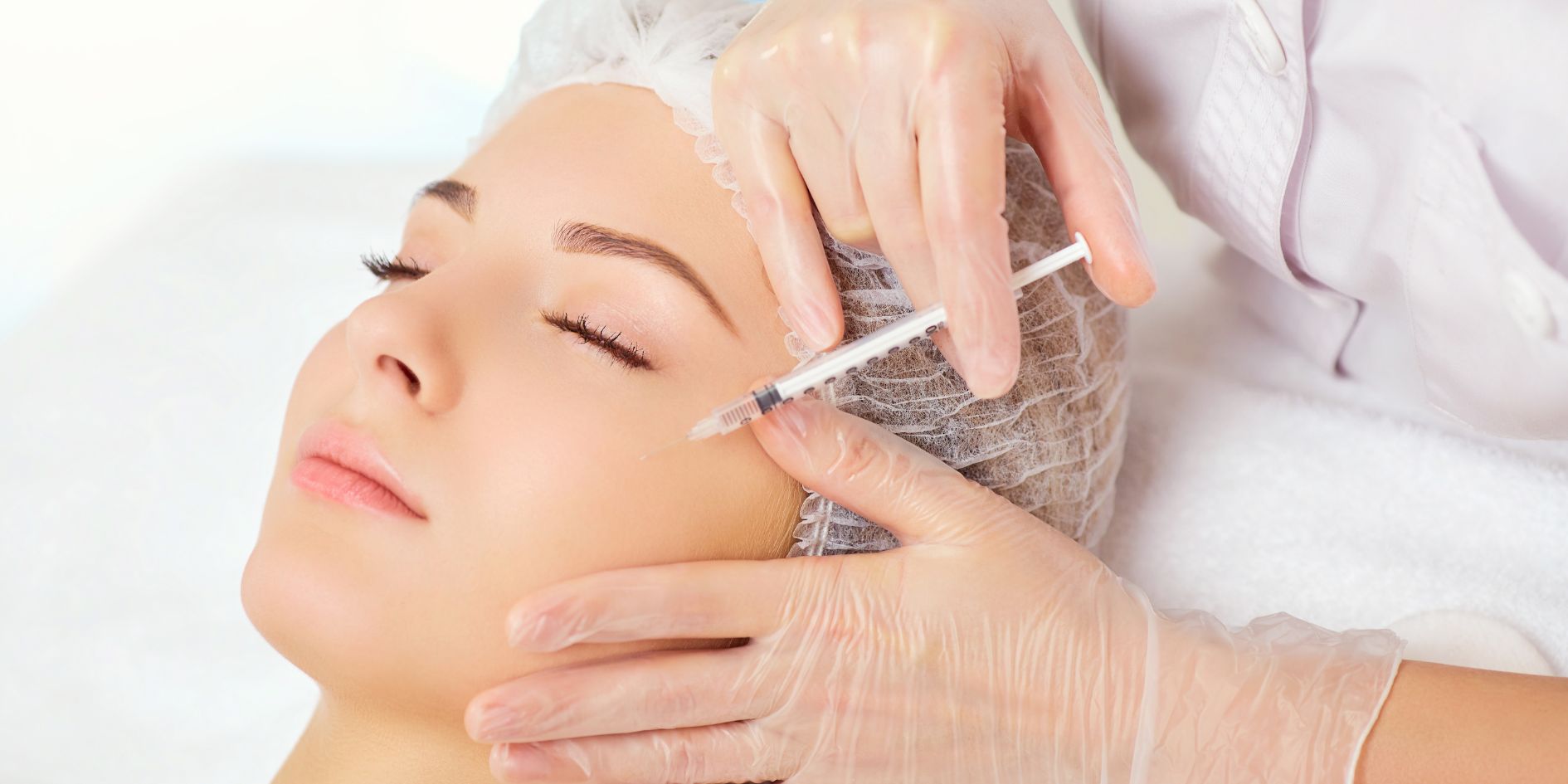Combining high-powered skincare ingredients and treatments can amplify results—or wreak havoc on your skin. A common question people ask is: can you use retinol with red light therapy? The answer isn’t one-size-fits-all, but with the right approach, these two powerhouse treatments can complement each other beautifully.
In this dermatologist-backed guide, we break down how to safely use retinol and red light therapy, how to layer them in your anti-aging routine, and what to avoid if you want smooth, glowing skin without irritation.
What Happens When You Mix Retinol and Red Light Therapy?
Retinol is a form of vitamin A that promotes collagen production, speeds up cell turnover, and reduces signs of aging. Red light therapy (RLT), also known as LED facial therapy or phototherapy, uses low-wavelength red light to penetrate the skin and stimulate healing, collagen growth, and reduced inflammation.
So what happens when you combine the two?
| Retinol | Red Light Therapy |
|---|---|
| Speeds up cell turnover | Boosts skin repair & collagen production |
| May cause skin sensitivity | Helps soothe inflammation |
| Can weaken the skin barrier | Strengthens skin over time |
| Can cause photosensitivity | Uses non-UV, safe light wavelengths |
Used properly, red light therapy and retinoids can enhance each other’s effects—but only if your skin can tolerate it.
Should You Use Retinol Before or After Red Light Therapy?
Timing matters.
Dermatologists generally recommend applying retinol AFTER red light therapy, not before.
Here’s why:
-
Applying retinol before RLT can increase the risk of skin irritation, as the light may intensify the effect of the active ingredient.
-
Using RLT first can prep the skin, reduce inflammation, and help improve absorption without overwhelming the skin barrier.
Recommended Order:
- Cleanse skin
- Use red light therapy (10-15 min)
- Apply a soothing toner or mist (optional)
- Apply retinol
- Follow with a moisturizer containing niacinamide or ceramides
Pro Tip: Do this 2-3 times a week until your skin builds tolerance.
Is It Safe to Combine Retinol and Red Light Therapy?
What Dermatologists Say:
According to multiple board-certified dermatologists, combining the two can be safe and effective as long as you follow some key precautions.
Safety Guidelines:
- Avoid combining RLT and prescription retinoids (like tretinoin) if you’re new to either.
- Start with over-the-counter retinoids first.
- Introduce them slowly, no more than twice a week.
- Monitor for redness, dryness, or peeling.
- Always apply sunscreen in the morning, even if you use both treatments at night.
Clinical Evidence:
- A 2014 study found that red light therapy can improve skin tone, texture, and collagen density.
- Another study supports retinol’s ability to reduce fine lines and improve overall skin appearance.
When used together correctly, these two treatments may have synergistic effects that boost results and minimize inflammation.
Benefits of Red Light Therapy and Retinol in Your Routine
Combining RLT with retinol unlocks multiple anti-aging and skin-renewing benefits:
Anti-Aging Benefits:
- Increased collagen production
- Improved skin elasticity
- Reduction in fine lines and wrinkles
- More even skin tone and texture
Treatment Benefits:
- Reduction of inflammation and redness
- Helps with acne and post-acne marks
- Enhances the absorption of skincare ingredients
Real-World Comparison Chart:
| Skin Concern | Retinol Alone | Red Light Alone | Combined Approach |
| Fine Lines & Wrinkles | ✅ | ✅ | ⭐ Strongest |
| Acne | ✅ | ✅ | ⭐ Strongest |
| Redness & Sensitivity | ❌ May worsen | ✅ Calms skin | ⭐ Balanced |
| Collagen Loss | ✅ | ✅ | ⭐ Strongest |
How to Layer Retinol and Red Light Therapy for Best Results
A correct skincare layering technique can make all the difference.
PM Routine Example:
- Cleanser: Gentle, non-stripping
- Red Light Therapy: 10-15 minutes, clean skin
- Hydrating Mist: Optional, calms skin
- Retinol Application: Pea-sized amount
- Moisturizer: Use one with niacinamide to calm skin
Avoid exfoliants (like AHAs/BHAs) on the same night to prevent overloading the skin.
Retinol Types: OTC vs Prescription and Their Compatibility with Light Therapy
Over-the-Counter Retinoids:
- Gentler on skin
- Good for beginners
- Compatible with light therapy
Prescription Retinoids (e.g., Tretinoin):
- More potent
- Can cause increased photosensitivity and irritation
- Use with caution alongside red light therapy
If using prescription-strength products, consult your dermatologist before combining.
Mistakes to Avoid When Using Retinol with LED Light Therapy
Even with the best products, mistakes can cause skin irritation or slow down your progress.
Common Mistakes:
- Applying retinol before light therapy
- Using both daily from the start
- Combining with other actives like AHAs, BHAs, or vitamin C on the same night
- Skipping moisturizer
- Not using sunscreen the next morning
Pro Tip:
Use barrier-repair products like niacinamide, hyaluronic acid, and ceramides to maintain balance.
FAQs About Retinol and Red Light Therapy
Will red light therapy deactivate retinol?
No. Red light wavelengths do not deactivate retinol. In fact, they may enhance its effect by boosting skin receptivity.
Can I use tretinoin before red light therapy?
It’s not recommended unless your dermatologist advises it. Use tretinoin after RLT and with caution.
How often should I use both treatments?
Start 2-3 times a week, and increase based on your skin’s tolerance.
Final Thoughts: Can You Safely Use Red Light Therapy and Retinol Together?
Yes, if done correctly. Combining red light therapy with retinol can give your skin a powerful anti-aging boost. But always listen to your skin. Start slow, support your skin barrier, and prioritize hydration.
With the right products, timing, and routine, you can unlock the best of both worlds: smoother texture, fewer wrinkles, and radiant, balanced skin.
Always consult your dermatologist if you’re using prescription retinoids or have sensitive skin.

